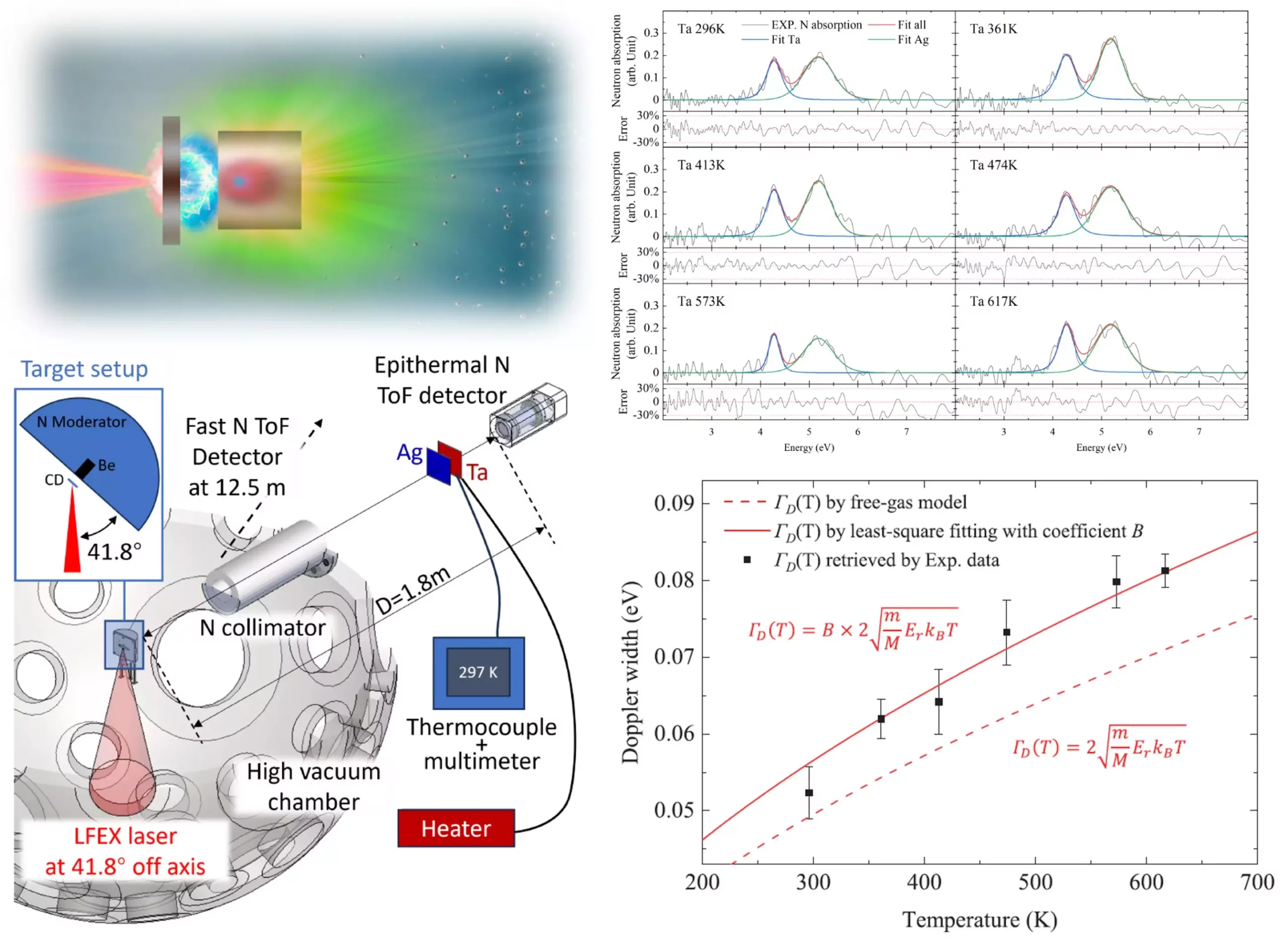In a world where electronics permeate every aspect of our daily lives, from the smartphones we carry to the batteries powering electric vehicles, the urgency for efficiency and reliability has never been greater. Modern electronic components have become increasingly complex, and as the stakes rise, so does the necessity for precise temperature measurements. Monitoring temperature is not merely a matter of performance; it’s critical for defining the design and materials used in electronic devices. Without accurate readings, engineers risk creating products that may underperform or fail prematurely.
Navigating the Measurement Dilemma
Traditionally, engineers have faced significant challenges in obtaining direct temperature measurements within various electronic assemblies. While several methods have been employed, they often lack the speed and accuracy required in today’s high-stakes environments. The limitations of existing techniques hinder advancements across multiple fields, from consumer electronics to aerospace engineering. A breakthrough was needed—a solution that could deliver instantaneous temperature readings without compromising the integrity of the materials being tested.
Cutting-Edge Discoveries in Neutron Resonance Absorption
A groundbreaking study led by researchers at Osaka University has laid the groundwork for such a solution by introducing a novel approach utilizing neutron resonance absorption (NRA). This innovative technique hinges on analyzing how neutrons are absorbed by atomic nuclei at specific energy levels. By observing these interactions, researchers can glean vital information about the material composition and, crucially, the temperature of electronic components.
In this study, high-intensity laser beams were employed to generate neutrons, which were then decelerated before interacting with a sample material. Remarkably, this method demonstrated the ability to provide temperature data in a time frame of just 100 nanoseconds—an astonishing speed that was largely unattainable with previous technologies. By monitoring how the NRA temporal signals varied as temperatures shifted, the researchers were able to achieve an unprecedented level of insight into the materials being analyzed.
Unveiling Real-Time Insights into Electronics
The implications of this research extend far beyond the sphere of academic curiosity. As Zechen Lan, the lead author of the study, aptly put it, “This technology makes it possible to instantaneously and accurately measure temperature.” The non-destructive nature of this technique allows for real-time monitoring of critical components such as batteries and semiconductors without fear of damaging the device.
This capacity for near-instantaneous temperature measurement invites a revolution in how engineers design and test electronic components. Instead of conducting lengthy experiments that yield a limited scope of information, engineers can now analyze the thermal performance of materials rapidly and effectively. By addressing the operating conditions of electronics in near real-time, researchers can identify deficiencies, predict failures, and enhance designs to develop more durable and efficient products.
Compact Devices Opening New Doors
Furthermore, the measurement apparatus conceived by this team comes with the added advantage of a tenth of the size of conventional equipment. This compactness means laboratories and research institutions that previously struggled with space constraints can now easily adopt these advanced measurement techniques. The potential for widespread application heralds a new era of precision engineering, enabling researchers and developers to push the boundaries of what is possible in electronics.
The innovative use of neutron resonance absorption to gauge temperatures marks a significant milestone in the quest for efficiency in electronics. This development addresses long-standing concerns about thermal management in various applications, promising not only improvements in device performance but also paving the way for future technological advancements. As the field continues to evolve, we can expect these insights to lead to a new generation of electronics that are not only smarter but extraordinarily more reliable. The landscape of electronics research is shifting, and with it, the potential for astonishing advancements.


Leave a Reply